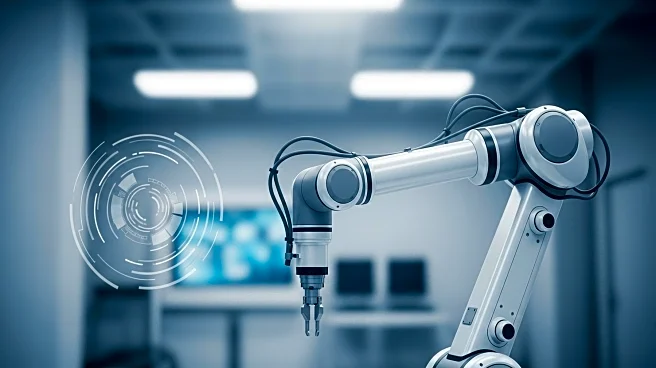What's Happening?
A study by Stanford University researchers has found that AI is beginning to replace jobs traditionally held by younger workers, particularly in industries like customer service and software development. The research, which analyzed data from ADP, the largest payroll provider in the U.S., indicates a 16% decline in employment for workers aged 22 to 25 since the introduction of generative AI tools like ChatGPT. While younger workers face job displacement, more experienced employees in the same sectors are seeing stable or slightly growing opportunities. The study suggests that AI's impact on employment is more related to a worker's experience level than the type of work performed.
Why It's Important?
The findings underscore the transformative impact of AI on the labor market, particularly for younger workers who are often more vulnerable to technological disruptions. This shift could have long-term implications for workforce demographics and economic inequality, as younger workers may struggle to find employment in AI-affected industries. The study also highlights the need for policies that encourage human-AI collaboration rather than replacement, to maximize the benefits of AI across the economy. As AI continues to evolve, it is crucial for policymakers and businesses to address the potential for job displacement and ensure that workers are equipped with the skills needed to thrive in an AI-driven economy.
What's Next?
The study's authors suggest that the government could revise tax policies to discourage companies from replacing human labor with automation. Additionally, AI companies are encouraged to develop systems that prioritize collaboration between humans and machines. As AI technology advances, there may be a growing demand for roles that involve managing and augmenting AI outputs, creating new opportunities for workers. However, the potential for AI to impact more experienced workers in the future remains a concern, highlighting the need for ongoing monitoring and adaptation to technological changes in the labor market.












